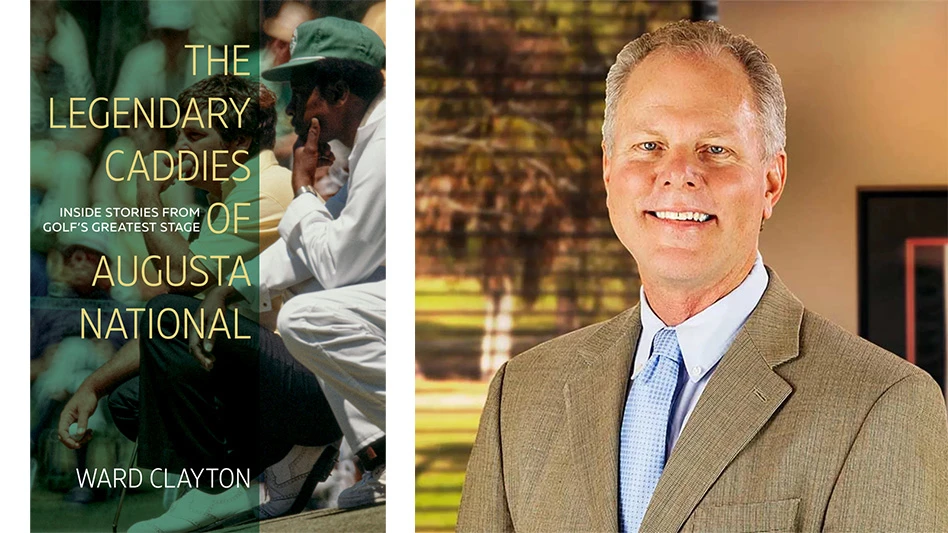
Courtesy of Ward Clayton
The early 1980s changed the agronomics and local spirit of the Masters.
Tom Watson won the first Masters contested on bentgrass greens in 1981. Seve Ballesteros won the first Masters with players having the option of using their own caddies in 1983.
Neither Bermudagrass putting surfaces nor widespread usage of local caddies have returned to the event.
While stories of Augusta National Golf Club agronomics remain mostly secretive, the tales of the club’s caddies are preserved in Ward Clayton’s “The Legendary Caddies of Augusta National.” The second edition of the book was released in April and learning about local icons with nicknames such as Stovepipe, Pappy, Cemetery, Fireball, Iron Man and Burnt Biscuits will captivate Masters and golf enthusiasts seeking insight into the personality of the tournament and game.
Clayton is the ideal person to tell the caddies’ stories. A golf lifer, Clayton worked as the Augusta Chronicle sports editor from 1991 to 2000 and produced the 2019 documentary “The Caddie’s Long Walk.” His understanding of the people and dynamics of Augusta and the city’s Sand Hills neighborhood, the home of numerous Augusta National caddies, adds context to what the Masters spotlight meant to the all-Black caddie corps. The hilly neighborhoods surrounding Augusta National and Augusta Country Club, where many caddies started their careers, go mostly unnoticed by Masters Week patrons and viewers.
Unfortunately, nobody will experience a Masters with all-local caddies again. The tournament, like every other significant sporting event, outgrew its origins as financial coffers and television audiences expanded. Clayton explores the magnitude of then-Augusta National chairman Hord Hardin’s decision to allow players to bring their own caddies from the perspective of the local loopers and their families, the community, the club, and professional golf. His reporting and writing provide a rare dose of objectivity in a media era filled with subjectivity. The Augusta National caddie dynamic further changed in 1996 when the club started outsourcing its program.
Carl Jackson, the looper for Ben Crenshaw’s emotional 1995 triumph, was the last local caddie to carry a winning bag. Clayton devotes more space to Jackson, who worked 53 Masters, winning two with Crenshaw, than any other caddie profiled in the book.
Crenshaw lauded Jackson for helping him navigate a course defined by subtleties that hosts a tournament filled with emotion. But Clayton also reveals anecdotes of caddies whose off-the-course struggles and lack of preparation hindered their players.
Balanced reporting yields an understanding of complex subjects and stories. Balanced reporting means not all stories boast clean endings.
The Masters moved on from local caddies. Fortunately, Clayton hasn’t moved on from deftly sharing their fascinating stories with new audiences.
Guy Cipriano is Golf Course Industry’s publisher and editor-and-chief.
Latest from Golf Course Industry
- From the publisher’s pen: Conscientious of a bigger role
- Bernhard and Company partners with Laguna Golf Phuket
- Terre Blanche showcases environmental stewardship
- VIDEO: Introducing our December issue
- Bernhard and Company introduces Soil Scout
- Nu-Pipe donates to GCSAA Foundation’s Centennial Campaign
- GCSAA enhances golf course BMP tool
- Melrose leadership programs sending 18 to 2026 GCSAA Conference and Trade Show





